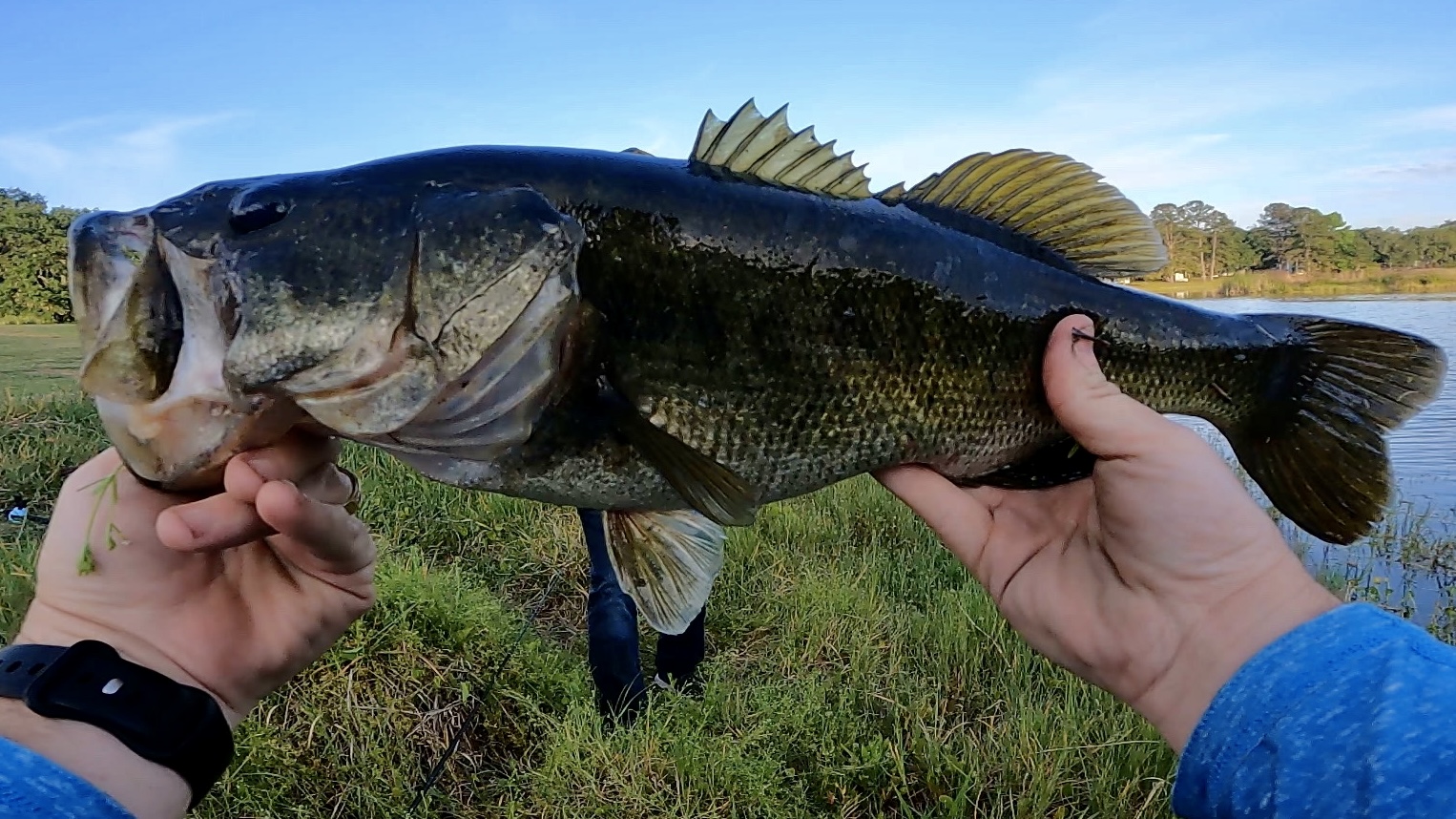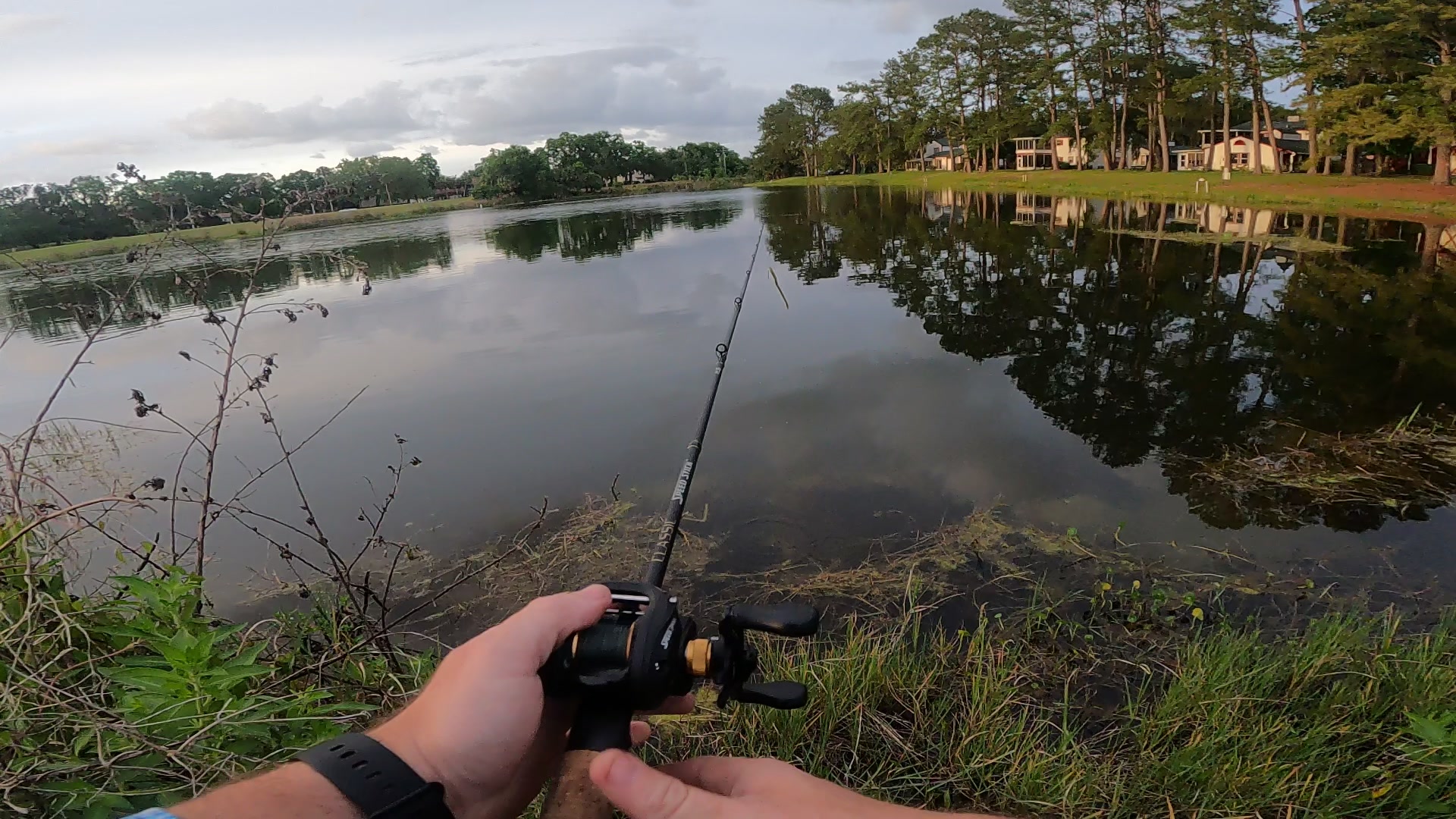

Fishing is an enjoyable activity that can be enjoyed by people of all ages and skill levels. However, for beginners, it can be daunting to know where to start. Understanding basic fishing techniques is essential for anyone who is new to the sport. Whether you plan to fish in a lake, river, or ocean, these techniques will help you catch more fish, avoid common mistakes, and make the most out of your fishing experience. In this blog post, we will cover some of the basic fishing techniques that every beginner should know. So, grab your fishing gear and get ready to learn!
Casting Basics
Casting is an essential skill for any angler. It is the process of throwing a fishing line and bait or lure out into the water in the hopes of catching a fish. To cast a line properly, one must hold the fishing rod with both hands and pull the line back with the dominant hand while holding the rod with the other. Then, using a quick and smooth motion, the line is released while the rod is pointed toward the intended target. It’s important to note that casting can be tricky, and beginners may struggle at first. By practicing this basic technique, you’ll be well on your way to becoming a successful angler.
Setting the hook
Setting the hook is a crucial step in catching a fish. When a fish takes the bait or lure, it may not be hooked immediately. To ensure that the hook is securely set in the fish’s mouth, the angler must quickly jerk the rod upwards, pulling the line tight. This motion embeds the hook in the fish’s jaw, making it difficult for the fish to escape.
However, it’s important to note that setting the hook too hard can also cause the hook to come out of the fish’s mouth, losing the catch. Therefore, the key is to apply enough pressure to set the hook, but not too much so that it tears through the fish’s flesh. By paying attention to the rod tip and being patient, you can learn to set the hook effectively and increase your chances of catching fish.
Reeling in the catch
Reeling in the catch is the final step in catching a fish. Once you’ve set the hook and feel the fish pulling on the line, it’s time to reel it in. The key to reeling in a fish is to keep the line tight while reeling. This prevents the fish from shaking the hook loose and escaping. When reeling, use a steady, smooth motion to avoid jerking the line, which can cause the hook to come loose.
It’s important to keep the rod tip up and pointed towards the sky while reeling, which helps tire the fish and prevents it from diving deep into the water. As the fish gets closer to you, be prepared to adjust your reel’s drag to prevent the line from breaking under the fish’s weight. If the fish is too large to reel in easily, you may need to give it some slack and tire it out before attempting to reel it in again.
Handling and releasing a fish
Properly handling and releasing fish is essential to preserving the fish population and ensuring that you and others can continue to enjoy fishing in the future.
- Remove the hook gently with a pair of pliers, taking care not to damage the fish’s mouth or gills.
- When releasing the fish, support it gently and release it back into the water as quickly as possible.
Avoid if possible throwing the fish back into the water, as this can cause injury or trauma to the fish. Instead, gently hold the fish in the water until it regains its strength and swims away on its own.
By following these simple steps, you can help preserve the fish population and ensure that others can enjoy the thrill of catching fish for years to come.


Baiting the hook


Baiting the hook is an essential skill for any angler. Before baiting the hook, choose a bait that is appropriate for the fish you are trying to catch.
Common baits include worms, minnows, and artificial lures. To bait the hook, take the bait and thread it onto the hook, making sure that it covers the hook completely.
It’s important to use the right amount of bait, as too much can make it difficult for the fish to bite, while too little may not attract the fish at all.
Locating the fish
Locating the fish is key to a successful fishing trip. Fish can be found in different areas depending on the species, weather, and time of day. A good place to start is by looking for structures in the water, such as rocks, logs, or weed beds, where fish like to hide and hunt for food. You can also look for changes in water depth or temperature, as these can signal the presence of fish.
Additionally, observing the behavior of birds and other wildlife can give clues about where fish may be located. Birds, for example, often hover over schools of fish in the water, indicating their presence. To increase your chances of finding fish, consider using a fish finder, a device that uses sonar to detect fish in the water. By using these techniques, you can increase your chances of finding fish and make the most of your time on the water.
Conclusion
In conclusion, mastering the basic fishing techniques outlined in this post can help beginner anglers catch more fish and enjoy the sport of fishing to the fullest. Whether it’s casting, setting the hook, reeling in the catch, handling and releasing fish, baiting the hook, or locating the fish, each of these techniques is essential to a successful fishing trip. With practice, patience, and a little bit of luck, you can hone your skills and become a skilled angler. Remember to always respect the environment and the fish you catch by following proper handling and release techniques. Happy fishing!




